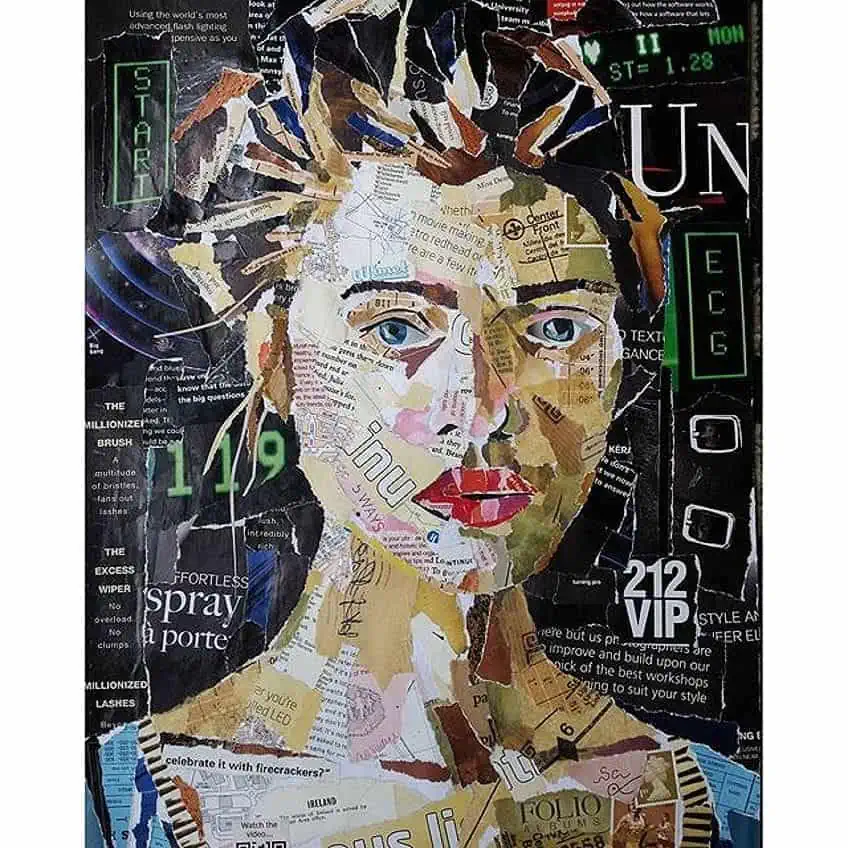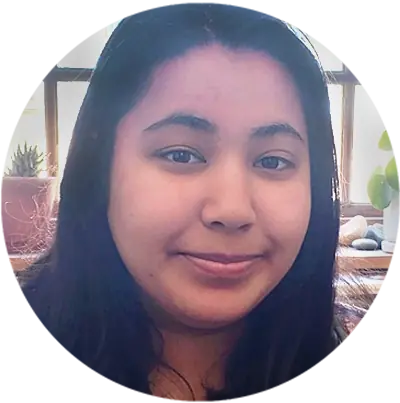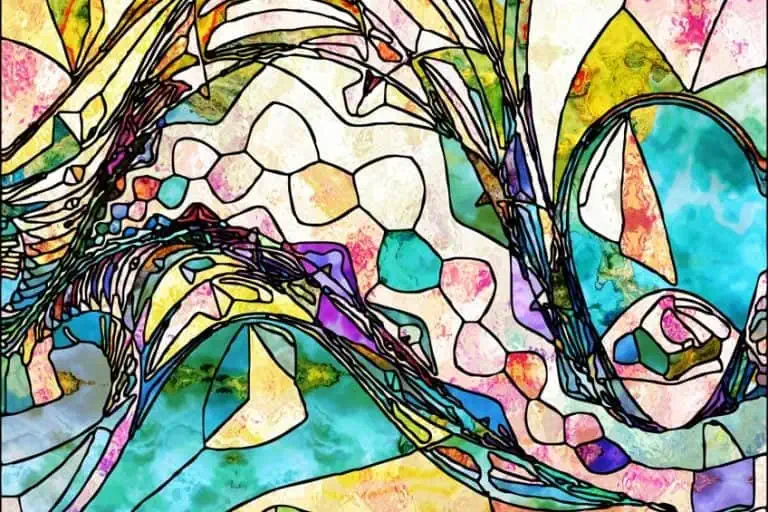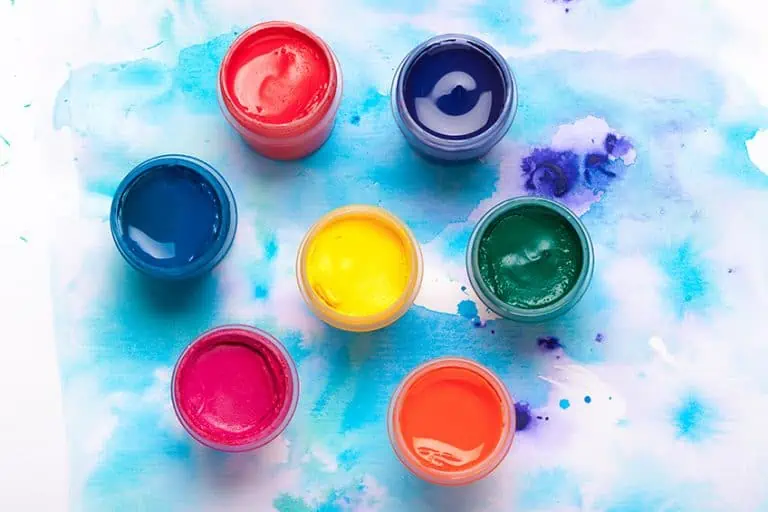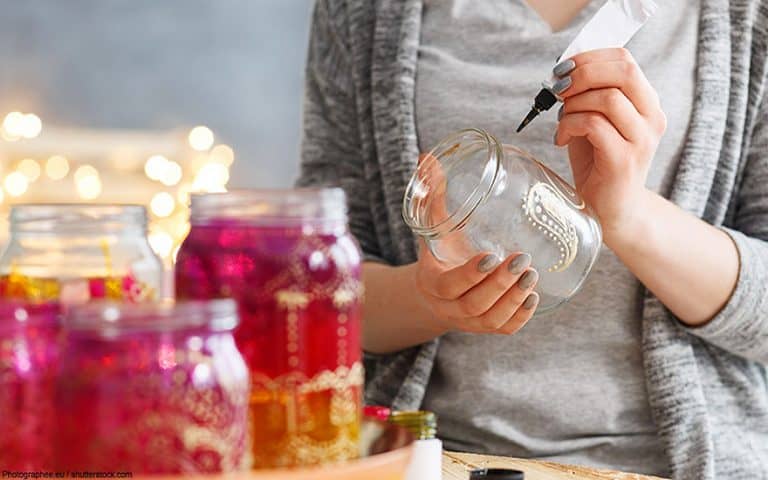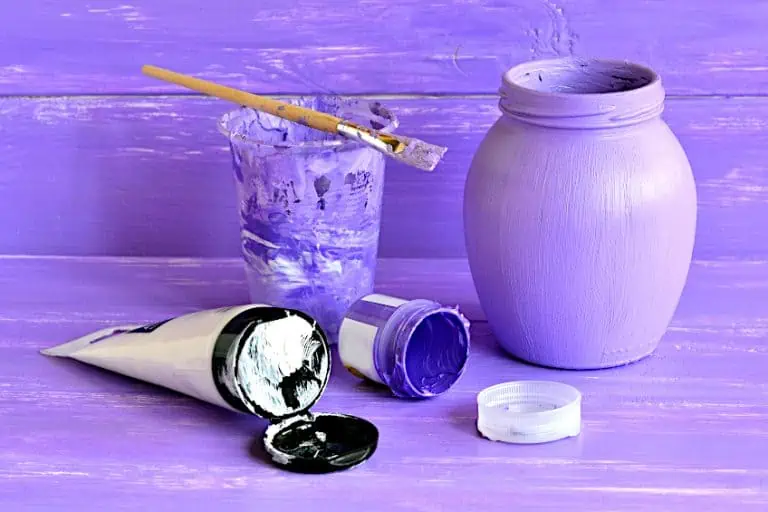Art Mediums – Exploring Some Exciting Artistic Mediums You Should Try
This post may contain affiliate links. We may earn a small commission from purchases made through them, at no additional cost to you.
Art is a form of human expression; where would the world be if there were none? All through history, artists are using various techniques and different art mediums to create beautiful art pieces. The whole process may have begun as simple as mixing earth pigments to paint on cave walls, but it has grown to encompass many amazing ideas and art mediums. In this article, we will try to cover the many types of art mediums, and maybe inspire you in the process.
Table of Contents
What Is a Medium in Art?
What is a medium art definition? This is a term that artists use and describes what a particular art form is made from or what did the artist use to create their art piece? When you visit a museum, you should notice the medium being displayed with the artist’s name as well as the title. For example, the art piece could be in watercolor, oil paints, or pastels. The term itself was first coined and used by a German writer in the 18th century. However, it was specifically used to describe various materials used in art much later in the 19th century. Today, there are many different art mediums, and this is what we will be looking at next.
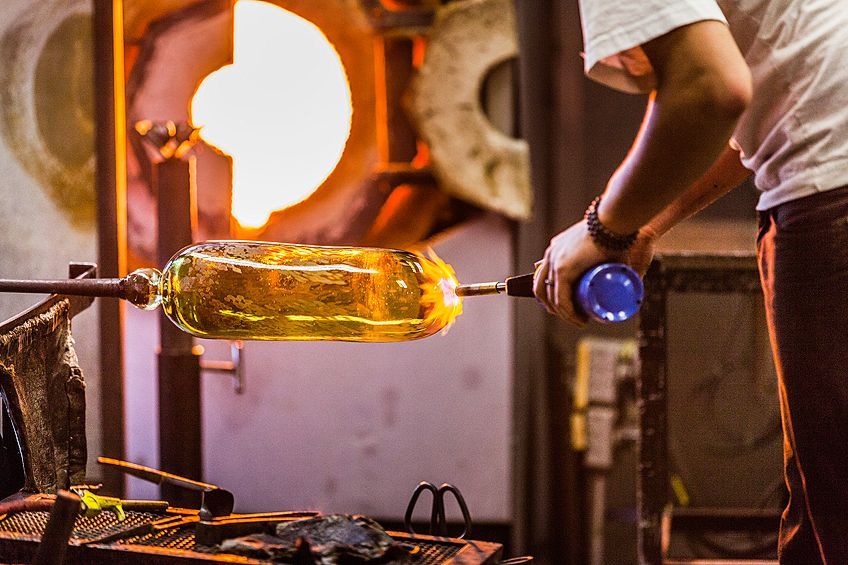
Below we are going to be dealing with an extensive art mediums list. Even though these are all different art mediums, there are also other things to consider. Sometimes, an artistic medium can be categorized by both the type of material used, and what you are using the material on. For example, you can paint acrylics on canvas, wood, and fabric. Let us now take a look at all the different types of art mediums. When choosing an artistic medium, it is completely up to you as everyone likes different things.
Different art mediums will appeal to different people, some might enjoy beautiful sculptures, while others prefer realistic photos or landscape watercolors. This is true for an artist, but also for those who wish to purchase art for their homes.
Painting Art Mediums
There are quite a few popular art mediums under this heading. People have been painting with different art media for decades, so you get the tried and tested techniques as well as more modern and unique ideas. We are going to begin with, most probably the oldest medium in art, oil painting.
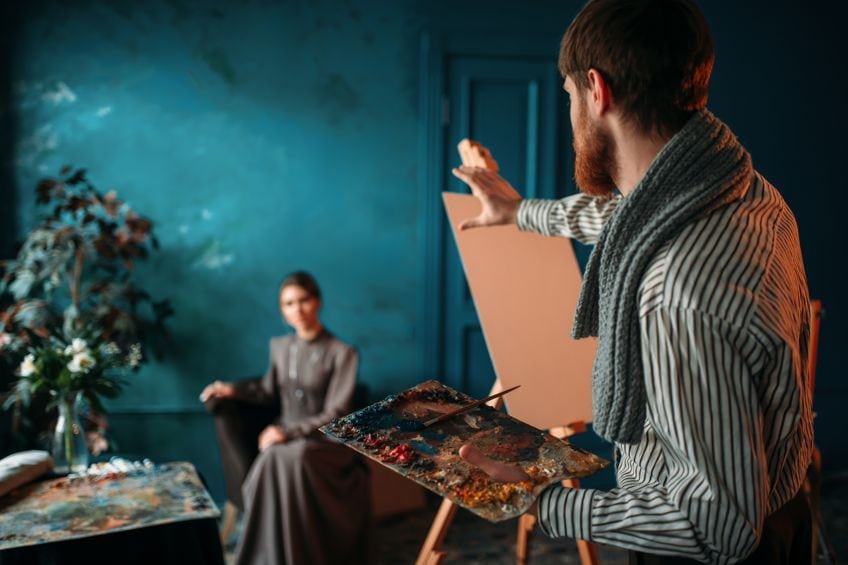
Oil Painting
As the name implies, the paints contain oil, which is usually something like linseed oil. The one major characteristic of oil paints is that they dry extremely slowly, and in many cases, they never really dry properly. This is what many artists love about oil paints, as you can work with the art medium for as long as you want without having to worry about it drying out too fast. Artists can change and add paint until they are satisfied with their work. Today, you have many choices and options when it comes to paints. You might want to stick to the traditional oil paints, but now there are water mixable or miscible oil paints. These paints are just like your oil paints but are non-toxic. You can easily mix the paint with water and cleaning up is simple as you only need a little water. These are great if you do not want any unhealthy odors and are a good option if you want something a little eco-friendlier.
The paints still have a good pigment load and blend well but do require some time to dry.
Watercolor painting can be a bit of a challenge for beginners, as it is more unforgiving than oil paints. Once you have begun painting, there is not much you can do to alter any mistakes. However, it is also a very good art medium for beginners as you do not need solvents to clean up. Watercolors also provide a more translucent effect that many love to use.
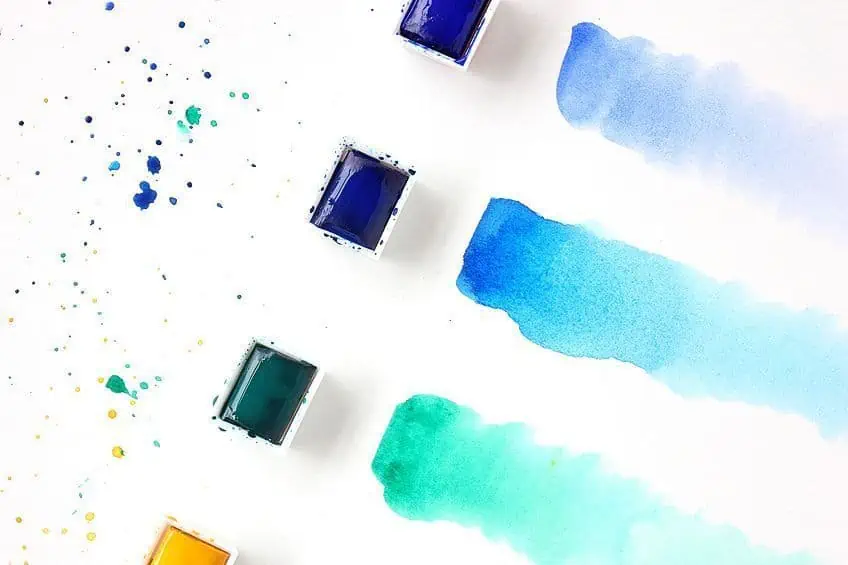
This type of medium is thick, washable, and an inexpensive option. However, you do get more permanent tempera paints as well. The paint is also non-toxic and is a great option for kids. The paints mix well and dry to an opaque, matte finish. Tempera paints can be used on a few surfaces like paper and cardboard or poster boards.
You can also apply to canvas, but the paint tends to dry and crack, which is why it should not be your first choice.
Gouache
This is a thick, water-based paint that is seen as an opaque watercolor medium. You can paint with gouache as is or try adding water to dilute it. Unlike acrylics, the paint can be re-wetted once it has dried and is great for applying layering techniques.
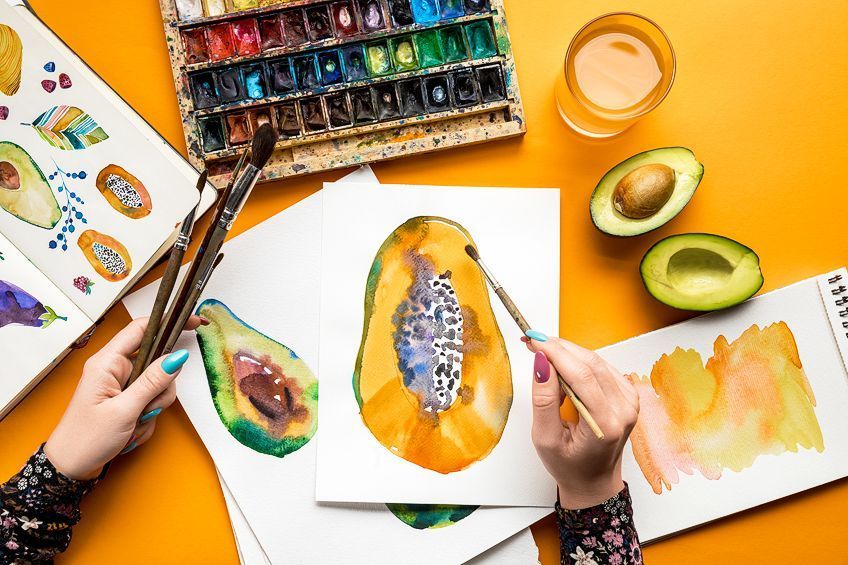
This art medium is a more modern addition to the art scene and is a paint that dries quickly to a hard, yet flexible finish. Once the paint dries, it also becomes water-resistant and cannot be re-worked. Acrylic paint is washable while it is still wet, so it is easy to clean up before it dries. You can easily form layers with acrylics as the paint dries quickly, helping to provide depth to paintings. Acrylics are quite versatile today, as you can add in other products known as acrylic mediums. These types of mediums can alter the paint. For example, if you want to extend the drying time, or make it thinner or thicker.
There are different grades of acrylic paint, some are more expensive, while others are more affordable. For example, professional-grade or student-grade paints.
Acrylic paints can also be applied to many different surfaces from canvas, wood, and plastic to glass, clay, and stone. There are various techniques you can use with acrylic paints, one of the more popular techniques is acrylic pouring. This is where you use various colors of paint, which you then pour over your canvas, and this creates an abstract-like paint effect. The paint must have the right consistency for pouring, and this is why an acrylic pouring medium is added.
Fresco Paintings
This is an age-old method of painting and uses water-based pigments without a binder. These are then applied to fresh plaster, which is usually on a wall or ceiling. The pigments then dry and set and become permanent. This form of art is mostly associated with the Italian Renaissance and some common examples include The Last Supper (1495-1498) by Leonardo da Vinci and The Sistine Chapel Ceiling (1508-1512) by Michelangelo.
 The Last Supper (1495-98) by Leonardo da Vinci; Leonardo da Vinci, Public domain, via Wikimedia Commons
The Last Supper (1495-98) by Leonardo da Vinci; Leonardo da Vinci, Public domain, via Wikimedia Commons
There are three types of Fresco, namely:
- Buon or “true” fresco, which is painted on fresh plaster.
- Secco or “dry” fresco, which uses dry plaster as the canvas and not fresh plaster. In this case, a binder must be used so the paint can adhere to the plaster.
- Mezzo or medium” fresco, which is painted onto the almost dry intonaco or a thin layer of plaster.
Acrylic paints are also popular for another art form known as murals, which is a painting done on a wall that is usually in a public area. Another form of art that uses spray paints is graffiti, which combines various techniques and art styles.
Hot Wax Painting
This is also known as encaustic painting, which uses hot wax that contains pigments to paint with. You need to apply and use hot metal tools, or special brushes to manipulate the hot wax. You can then paint and form your image. The best surface for this type of painting is on canvas or wood.
This is an ancient method of painting and goes back thousands of years to the Ancient Egyptians.
Drawing Paint Mediums
Next, we are going from painting art mediums to drawing art mediums. These are also a popular choice for many artists and can sometimes be used together with paints. The most common of these art mediums are your pencils.

Everybody uses a pencil almost every day, and it all started way back in the 17th century. Graphite pencils are used to do outlining, sketching, shading, and writing. Different grades of graphite pencils vary in hardness, the most common of these being your HB pencils, which is the grade that sits in the middle of the scale. The harder the pencil, the lighter it will draw, and the softer a pencil is, the darker it will draw and write. Pencil markings can also easily be removed using an eraser.
There are entire pencil sets specifically for artists that come in a range of grades for creating darker and lighter work as well as fine details.
Pencils are also easier to carry around than paints and are a great way to capture works on the go. The graphite pencils produce black markings, but you also get colored pencils. These are made from a pigment that is mixed into an oil-based or wax core, which is also encased in wood like graphite pencils. You are not only limited to producing black and white pieces, but now you can add color for a more realistic look to your art.
Charcoal
Charcoal sticks are made with compressed charcoal that is bound with wax or gum. Some examples of the materials used for charcoal include vine and willow. Many are also enclosed in wood to prevent marking your hands while drawing. However, you get the plain sticks as well, which can be quite messy. Charcoal can be used to create dark and lighter lines and tends to smudge more easily than your graphite pencils. You will need to apply a fixative to your finished charcoal art pieces, as it comes off or is erased easily.

Pastel Art Medium
Pigments are taken and ground into a paste and then combined with a gum binder. All of this is then pressed together to form pastel sticks. There are two main types of pastels including soft pastels, which are great for blending. The second type is your hard pastels, which are better suited for creating fine lines. You also have a choice of using water-soluble pastels that create a more watercolor effect and blend nicely. Otherwise, there are oil-based pastels that have beautiful vibrant colors.
Today, you also get pan pastels, which are made using less filler and binder, and provide vibrant colors that blend really well.
Chalk
This art medium is made from organic materials and comes in black, which is made from a softer black stone. There is also sanguine, which is made from red earth like red ochre. Then there is the more common chalk we all know, and that is your white chalk, which is made from limestone. You may think using chalk is just for kids to draw on the sidewalk, but chalk art has been around for many years.
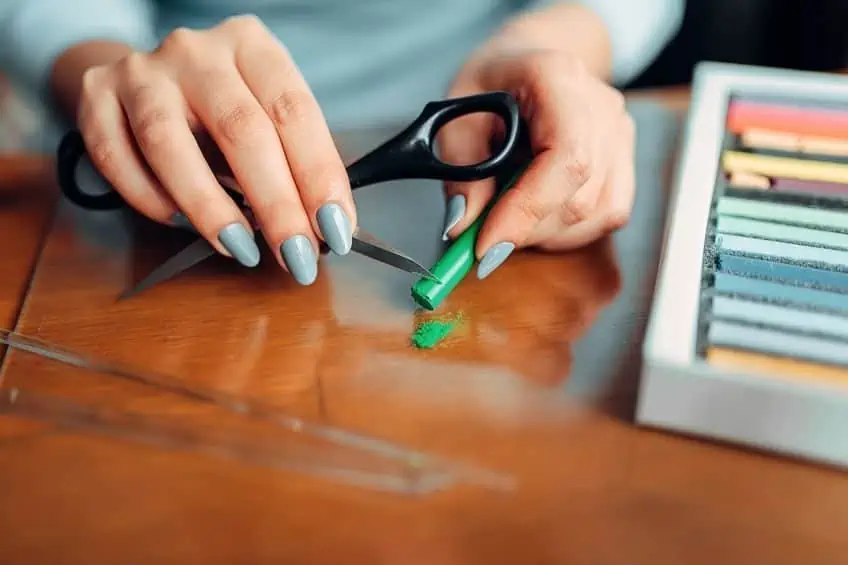
Chalk has been used to fill in backgrounds for larger workpieces or for making quick sketches. The surface you use chalk on must be toothy and not smooth and will require a fixative if you want the drawing to last. However, chalk was and is still used to create complete works on its own. This art medium has been used by many famous artists, for example, Head of a Women (1922) by Pablo Picasso. The medium description for this work of art reads “chalk on paper”.
Watercolor Crayons
You can get watercolor crayons and pencils. The crayons will feel a bit like your traditional crayons; however, they are water-soluble. You use them like you would a normal crayon or pencil, but in this case, you can add water to the mix. You can do this in a few ways, by lifting it off the crayon itself with a brush, applying a wet brush to the drawing you have made, or wetting the crayon itself and then drawing with it. These are usually affordable and easy to use and are great for adding in backgrounds.
They also provide more pigment than regular watercolor paints.
Conté Carré Crayons
These are crayons in stick form that contain a pigment and kaolin clay. They are not the same as oil or chalk pastels, but are similar in hardness to soft pastels, and have a waxy feel like the oil pastels. When compared to chalk pastels, they produce less dust and are easy to control, which makes them perfect for creating fine lines.

Pen and Ink as Art Mediums
This art medium is another familiar art form that has developed over many years. Perfect for outlining and art forms like calligraphy and lettering, which have become more popular recently. There are many different types of pens available, including your fountain pens, graphic pens, felt-tip, ballpoint, gel, and rollerball pens. Ink is a popular art medium; however, it is less forgiving than your pencils, which you can erase. Ink is a more permanent medium and requires you to develop some skills before working with it.
Ink also tends to bleed through paper, so you need to use the right type of paper.
Ink is a medium in itself and is popular due to its vibrant colors and fluidity. There are various inks available, some can be dye-based, while others are pigment-based. Not only do you get ink pens, but you can also get alcohol ink markers. Inks can also be applied with paintbrushes as well as airbrushes. Alcohol inks can be applied to non-porous surfaces like metals, glass, and ceramics. Thicker inks are also used for printing, which can be included in your digital art category as well. There are also other art forms like ink wash painting, which is a traditional Chinese ink brushing technique. The painting is done using black ink, similar to that used in Chinese calligraphy, which is then used in various concentrations to create an art piece.
Markers
We have already mentioned that you can use ink markers. These offer a more permanent mark and are more expensive, can have an odor, dries fast, and tend to bleed through the paper. Then you have your water-based markers, which are a little cheaper, do not dry as fast as your ink varieties, do not have an odor, but they come in fewer colors. Markers come with different tips like broad, chisel, brush, fins, and bullet, each providing a different effect. Markers are popular with illustrators as well as graphic artists.
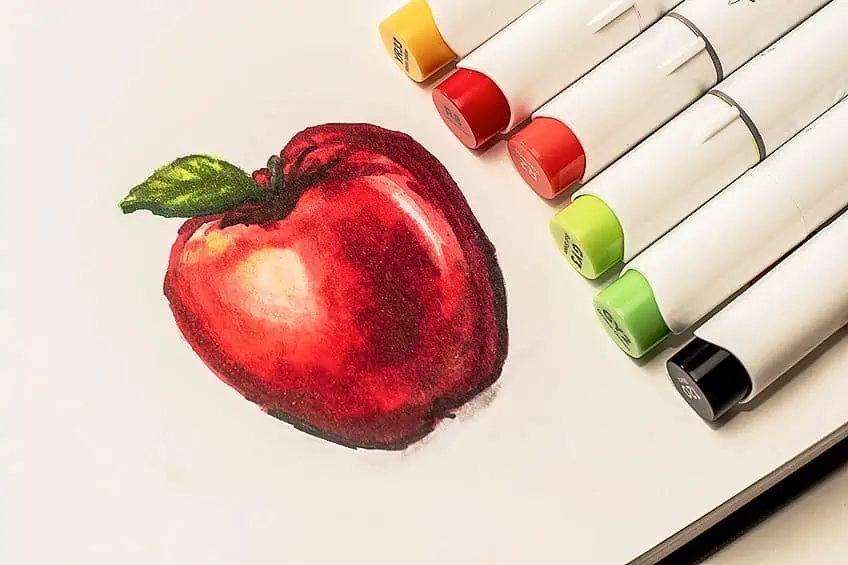
Sculpting Art Mediums
Sculpting can be done with various mediums from clay, bronze, and other metals, marble, wood, and glass. You might also consider paper or papier-mâché as well as concrete, cement, plaster, foam, and plastic. You even get sculptures made from fabric and ice. There are three main forms of sculpting, and these include the following.
- A sculpture that is three-dimensional, and you can see from every angle.
- Bas relief sculpture: this has a shape that is carved and is slightly elevated from the base material.
- High relief sculptures: these are more pronounced carved images that form at least half of the original material.
There are also various techniques artists use to create their sculptures. Some of these techniques have been used over centuries, while other more modern ideas have been incorporated. For example, glass blowing, or art involves both hot and cold glass techniques.
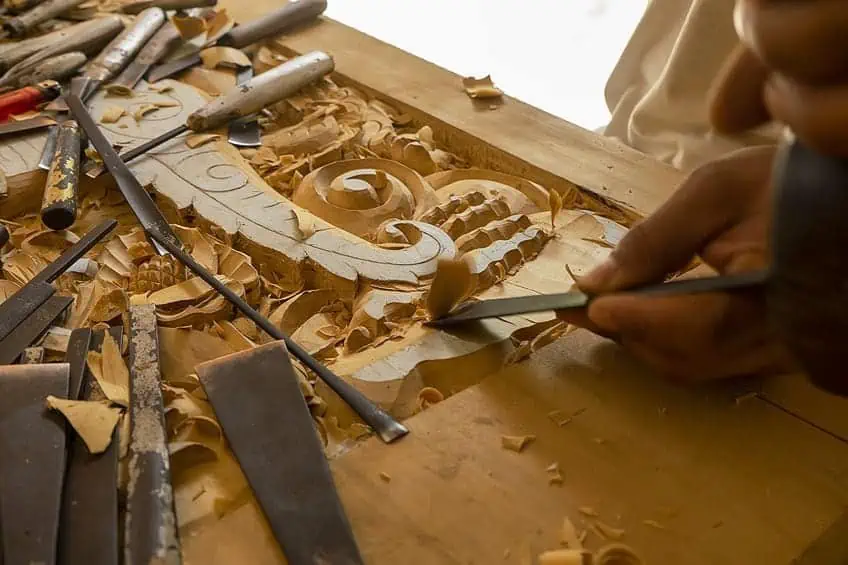
There is also engraving, sandblasting, and etching on glass. Some create installation art pieces, where audio-visual effects are used to create awareness of certain issues. You can see your own body as art, and performance artists use their own bodies as a medium and a way to express themselves. However, back to sculpting, and below we have a few techniques that can be used.
- Casting: When you pour a liquid into a chosen mold, which is then left to harden and form the desired shape. This could be melted metals, wax, plaster, resins, and many different casting materials.
- Carving: using a sharp instrument to cut out or carve images from materials like wood or stone.
- Modeling: manipulating materials like clay into forms and allowing them to dry. You can use various types of clay from air-dry clay to polymer clay, and ceramics.
- Construction or assembly: a sculpture is created by joining a variety of materials like wire, fabric, and other items. This is like a collage; however, it is more three-dimensional.
Woodworking is an extremely popular choice when it comes to carving. This technique uses a sharp knife or instrument to remove pieces of wood, which will then eventually reveal an image. There are various techniques involved, including carving, chiseling, and whittling. Small wood items are made using a whittling knife. You cannot carve into any wood, there are specific types of wood that are best for carving. The main two categories for wood are your hard and softwoods. Softwood is easier to carve and is best for beginners.
Once you are done sculpting your design, you can then paint and varnish the piece if you want.
There are also other ways to use wood, a popular art form is a pyrography or wood-burning, where you use a wood-burning pen to make marking and images on the wood surface. Pottery is another form of art using types of clay to create bowls, cups, vases, and pots. Not only practical but many of these items can also be used as art pieces. To make these forms, a pottery wheel is often used, where the clay is fashioned into the desired shape. However, you can also shape the clay simply using your hands and fingers. The clay then needs to be fired in a kiln so it can harden and then it can be carved, painted, and glazed.
Digital Art Mediums
The modern world provides a larger scope of art mediums. Photography is the first and most effective medium for capturing everyday moments. Not only for beauty like a sunset or ocean photo, but photography has also played a role in social change and awareness. The camera has developed over the years and now there are various lenses and other functions that help to capture that perfect image. From landscape photographers to portrait and wildlife photographers, each artist has their own specialty. The advertising industry also uses the art of photography for business.
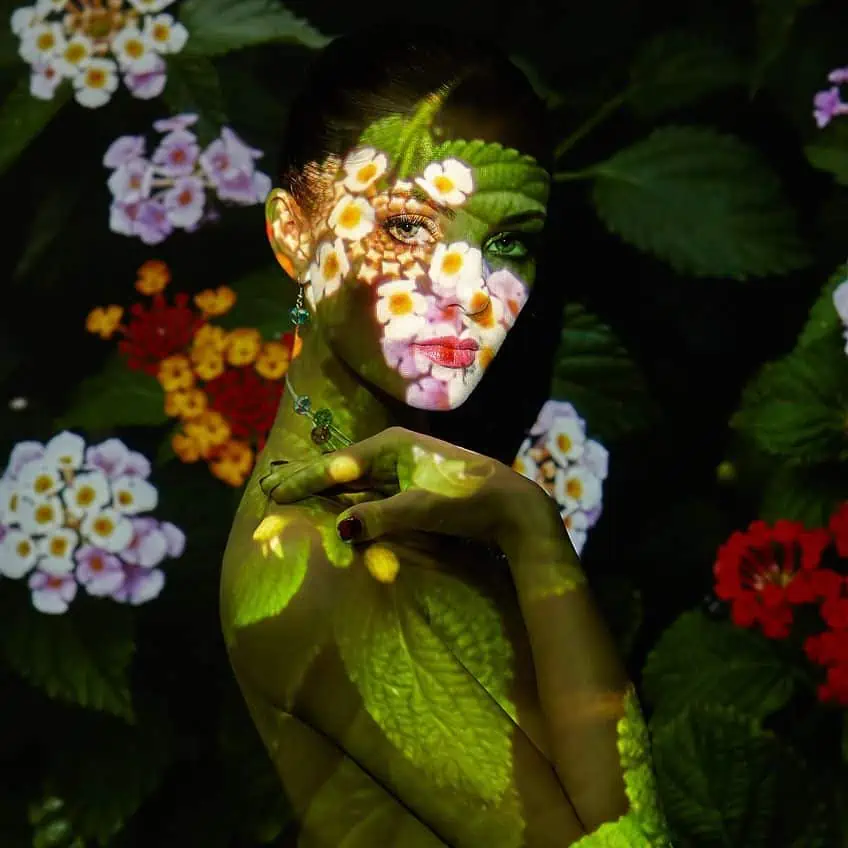
There are many other forms of photography, for example, black and white photography and documentary photography or photojournalism, which are linked to social issues. Today, you will find many photographers specializing in capturing wedding photos and baby photos. Photos can easily be edited today, providing more ways to produce artistic pieces. One form of digital and photographic art is photo bashing, which is a way to combine several photos into a single unique image. There are many online art programs available that have to provide different brushes and pens or markers you can use, that mimic those in reality. You can even do layers and any number of other drawing or painting techniques. A good tablet and stylus can be used instead of canvas and a paintbrush. Here are more examples you can include on the digital art mediums list.
- Laser light installations
- Graphic design
- Animations
- Vector drawings
- Computer-generated imagery or drawings
- Fractal art
- Pixel art
- Digital collage
- Digital painting
- Three-dimensional printing
When it comes to three-dimensional printing, the medium used is a bit different as the printer creates a complete model. The most common material used to do this is plastic, however, other raw materials can include carbon fiber, metal, and graphite. This type of printing is on a smaller scale for the moment, but there as even been attempts at creating a three-dimensional printed house.
There are many other forms of printing, which also use ink as a medium. There are many forms of printing available, and these can include printing on normal printing paper and other methods including:
- Screen printing: This involves transferring a design onto a flat surface like paper or fabric, using a mesh screen, some ink, and a sponge. You could also print on plastic, metal, glass, and wood.
- Mono-printing: When you make a mark and use all kinds of material on any other type of material. This is a basic technique that requires less equipment, the main materials needed can be paper, paints, and a brayer, which is a hand tool used for printing.
- Block printing: A printing method that uses engraved wooden blocks to apply the pattern or design. Mainly used in textile printing.
- Etching: Lines and areas are etched into metal using acid, the metal is usually iron, zinc, or copper.
- Lithography: A flat stone or metal plate that has a grained surface and is applied to a flat surface, using oil-based inks.
- Flexographic printing: This is a rotary type printing method that uses flexible printing plates and can be used on non-porous surfaces.
- UV printing: This is a type of digital printing method that uses UV light to dry the ink.
Textiles as Art Media
Maybe you have never considered textiles as an art medium? However, just imagine all the beautiful fabrics, wool, and cotton you can get. Fabrics can be used for creating different styles of clothing in the fashion design world. Wool is used is to make jerseys and other household items, but it can also be used as an art medium, especially using the felting method. Ropes and braids can be used in macramé, which produces some amazing items using a variety of knotting techniques. There is some beautiful artwork you can create using embroidery threads, from cross-stitch to embroidery painting. Weaving is another way to use threads to create beautiful and unique wall hangings.

Then there is fabric dyeing and fabric painting, with many different techniques including marbling, tie-dyeing, and stamping. Fabric marbling is where you float paint on top of a liquid known as size. You then create patterns within this fluid with the paint, and then the fabric is laid over the top. The paint and pattern are then transferred onto the fabric. Another art form using fabrics is batik, which also uses a wax-resistant dye that is applied to the fabric. You can create some amazing patterns with this method, which was first used in Indonesia. Many use different fabrics in mixed media art, where it can be used with paints, wood, plaster, and any other art medium.
Mixed Media Art Mediums
Mixed media is a way to incorporate different art mediums into one art piece. This is more for the artists who wish to be unconventional and create something truly unique. Artists will use all kinds of materials to create their art pieces. For example, an acrylic painting that also has paper and fabric included is considered mixed media art. An example of a famous artist who first used this form of art is Picasso, his art piece Still Life with Chair Caning (1912) is a good example. The mediums used for this art piece include a printed oilcloth that is framed by a piece of rope.
Collages are a good example of mixed media art and can combine many different materials from cloth to paper, and other simple objects.
This is similar to assembling but is more two-dimensional. You can also create digital collages online. We have mentioned assembling, which forms a part of sculpting. This can also be placed within the mixed media category, as you can use different materials to construct a three-dimensional sculpture. You can also apply the mixed media concept to journaling or scrapbooking. Here you can create a journal that uses photographs and items like washi tape. You can also use different pens and markers for various effects.
Other Art Mediums
Today, anything can be used as an art medium from old CDs to bottle tops. Even a simple thing like paper can be turned into works of art. Try origami and fold pieces of paper into amazing shapes. Coil strips of paper and create colorful art pieces, known as quilling. Create intricate designs from paper by using paper cutting techniques. Decoupage is another popular art or craft using paper cutouts to decorate objects. Here are other common types of art mediums to consider.
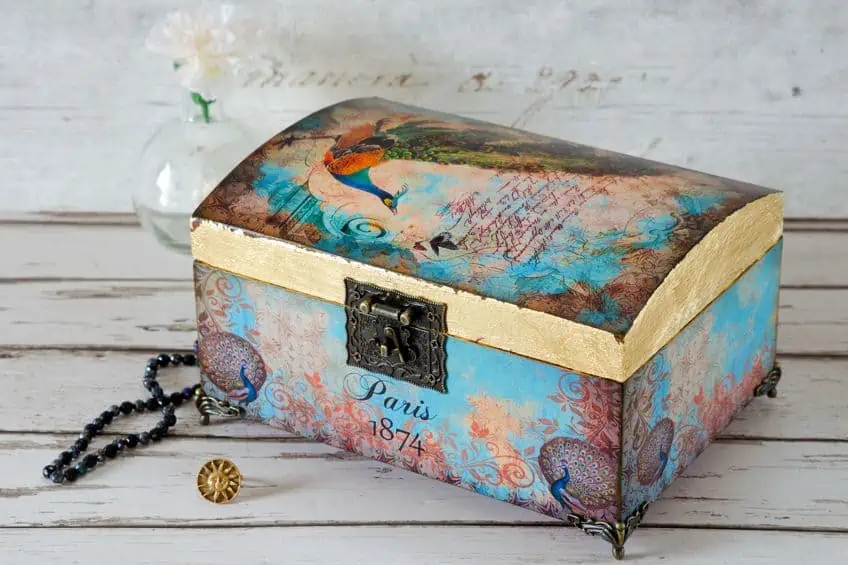
Scratchboards
This is a form of engraving, where you scratch off dark ink to reveal an image below that is either white or colored. The board can consist of a layer of ink, clay, and hardboard, and some can also use a layer of colored foil beneath. When revealing the artwork, it can be extremely detailed, and some may even be textured.
This is a fun art medium for beginners; however, you can get more professional scratchboards that require various tools and techniques.
Mosaics
This is quite a popular form of art, which uses pieces of colored glass, ceramic, or stone to create images and are held in place by plaster. Mosaics can be used on floors, walls, and is a great way to bring life to old pieces of furniture. You can make coasters, outdoor or indoor art pieces, birdbaths, tables, or decorate potholders.
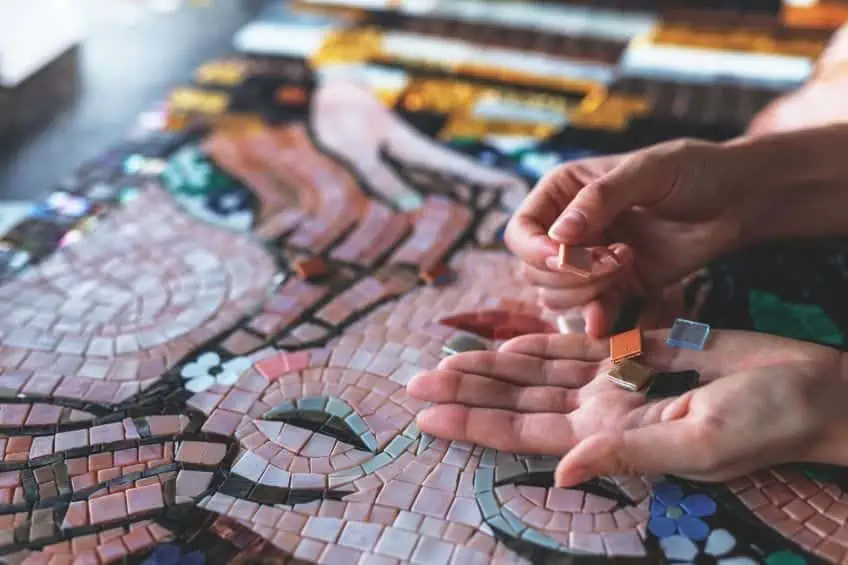
Food as Art
Food is another art medium, that can be used to create art pieces. Some fine dining restaurants go all out with serving artful plates of food that you do not want to eat because it is so remarkable. There have also been cases where food like chocolate has been shaped into garments that are worn on the runway. Some food can easily be sculpted into masterpieces. Watermelons are a favorite when doing this. Today, you can also get amazing and beautiful works of art when ordering cakes.
Birthdays and wedding cakes can be made into almost anything. Baking has truly become an art form.
Using the Natural World as an Art Medium
Art can be created from almost anything around us, and this includes our natural environment. A simple example that has become quite popular, is rock painting. Below are more ideas using your natural environment as an art medium.
- Gardening and landscaping: Create beautiful gardens with all kinds of plants as well as water features. You can even add in some sculptures and other art pieces. Shape a bush into something, commonly known as topiary.
- Flower design: Flower arranging is a real art and is popular for an event like weddings and birthdays. Some have even used flowers to create flowery dresses and other designs.
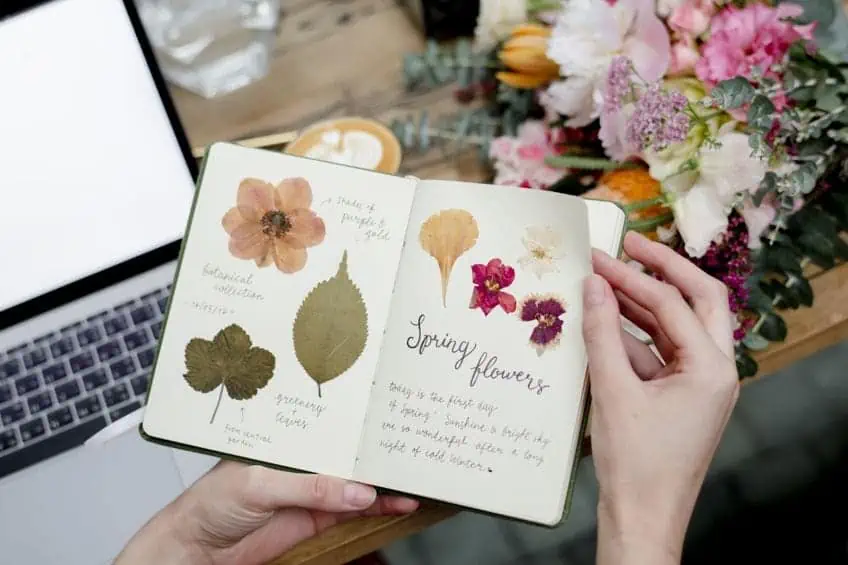
- Sand art: This can be done on a small and large scale. There are many sand art products for kids and adults that use various designs. However, you can also get those who sculpt sand at beaches into amazing and detailed designs. Also, consider a geometric Zen garden design.
- Dried flower art: Pressed flowers and other natural materials used to create art pieces.
- Shell art: Using shells to create pictures or three-dimensional art pieces.
Nail art
This can mean more than one method, the first being art created on actual human nails. Many colorful and wonderful designs can be created. There are even nail art competitions, which take the art to a whole new level of innovation and imagination. The second type of nail art involves metal nails you use to hold things down. You can use various size nails to create different forms and sculptures, and then there is string art. This uses nails placed in a design onto the board.
A string is then used to wind around the nails to complete the image or design.
Unusual art Mediums
There are many more different art mediums that can be used, you only have to use your imagination. Even going to a coffee shop today, you will find art. Many baristas now create images in the foam on your cappuccino. Here are some more unique concepts.
- It can be as simple as post-it notes: Create various images using different color post-it notes.
- People can also be an art medium: there are photos taken from a distance that creates an image from many people standing in formation. Dance and body art are also ways of artistic expression.
- Different ideas with photos: For example, photos within a photo, where smaller images are used to create a larger overall image.
- Recycled items: How about using old tires to create rubber sculptures or old bottle caps.
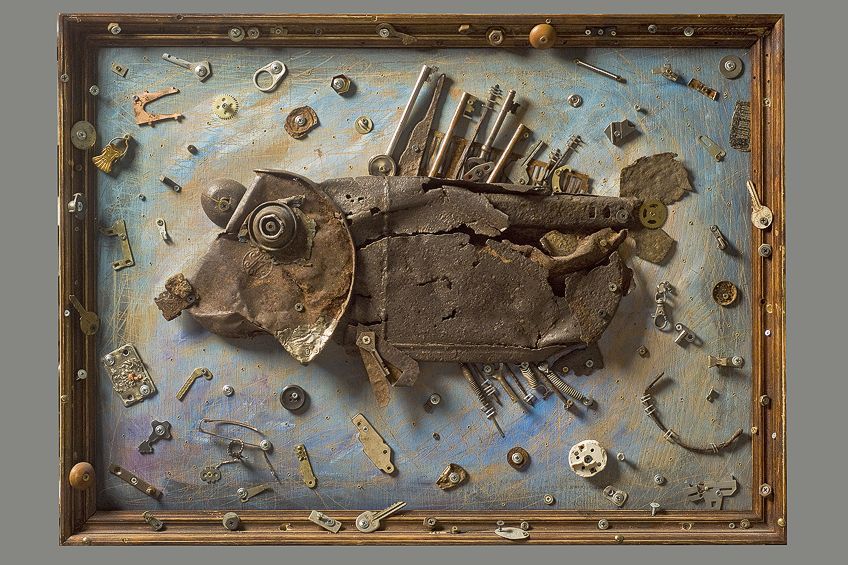
- Pencil carving: Instead of using a pencil to draw with, someone came up with the idea to carve into the tip of the pencil, a very intricate endeavor.
- Taxidermy: Some conceptual artists may even use this idea for displays of art.
- Other ideas: Using wire mesh or guitar picks, coloring with tea, coffee, and wine, or using candy to create art pieces.
- Examples of different art mediums: Sunflower Seeds (2010) by Ai Weiwei, Self-Portrait (2011) by Mary Ellen Croteau using bottle caps.
Are you a newcomer to the art scene, or are you an artist looking for more ideas? Whatever you wish to accomplish, you need to find an art medium that works for you. The materials used should reflect who you are and what message you want to portray. However, ultimately, you should enjoy working with your chosen artistic medium, and the final results should satisfy you.
Frequently Asked Questions
What Is a Medium in Art?
A medium art definition is anything you can use to create artwork, which can be anything from oil paints to watercolors, clay, ink, and fabric. This term should not be confused with another similar term that are liquids or mediums added to paint to change their characteristics, for example, make acrylic paints dry slower.
What Is a Popular Medium in Art?
The most popular art mediums include your various painting mediums from oil paints, acrylics, and watercolors to your drawing mediums with pencils and pens. Other popular artistic mediums include sculpting, photography, and digital artworks.
Are Markers a Medium in Art?
Markers fall under your drawing mediums and are popular with illustrators, those who enjoy lettering, and designers. Markers can be oil or water-based and are a great alternative to carrying inks when traveling.
Can You Use Paper as an Artistic Medium?
Paper is used in art as the surface you apply mediums on, for painting and drawing. However, paper can also be used to create things like folded flowers, quilling, origami, or paper cutting. The paper becomes the art medium.
What Are Some Examples of Drawing Mediums?
The most obvious drawing mediums include your pencils and pens, however, there are also other options including pastels, chalk, charcoal, crayons, and markers. These can be used separately and alone or combined with other mediums.
Megan is a writer and researcher who graduated from the University of Cape Town with a degree in Social Sciences, specializing in Psychology and Environmental Science. Her passion for knowledge and leaving a positive impact has fueled her current work in conscious and sustainable growth in Southern Africa. Megan’s love of nature has also led her to train as an animal behaviorist. She works part-time training and rehabilitating dogs. Megan is interested in the physical and psychological effects of colors in our environment on our mood and well-being. In addition, she is concerned with how art and creativity have been an integral part of human society. Megan van Schoor has been writing blog posts on the topics of painting, drawing, and color theory for acrylgiessen since 2021.
Learn more about Megan van Schoor and about us.
